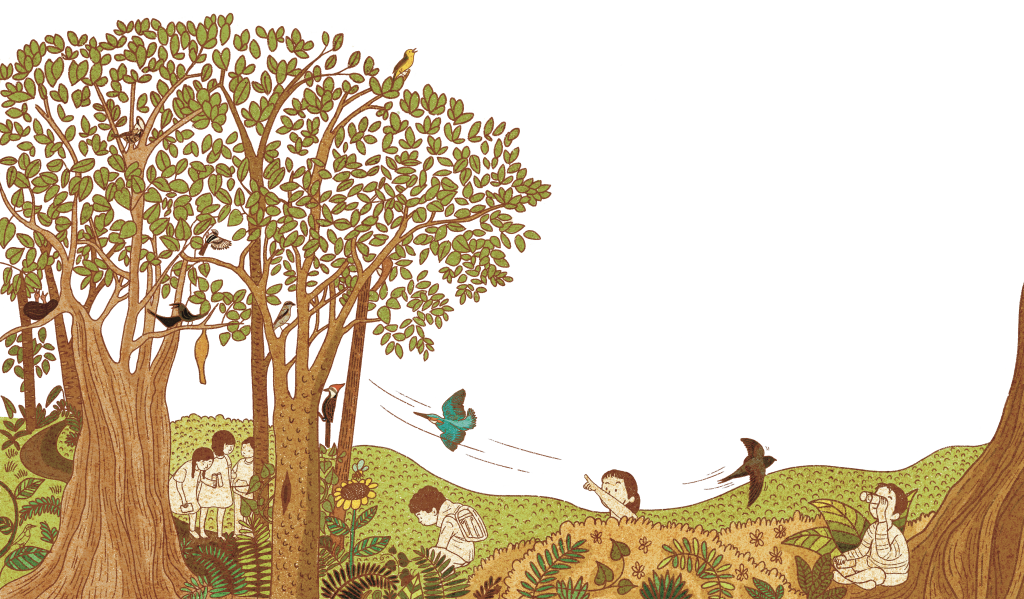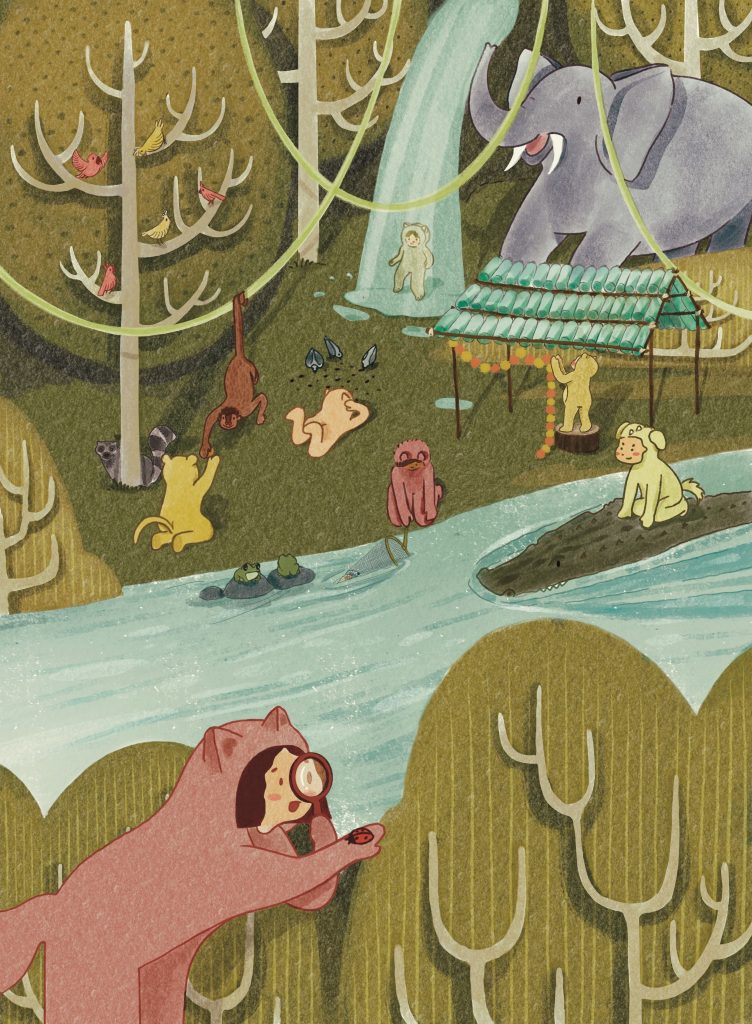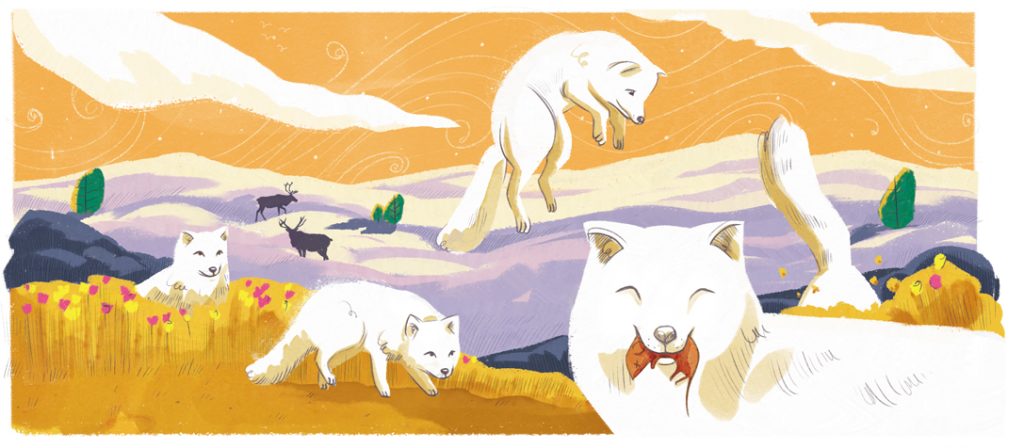When I am at my study site, every day begins with a wake-up alarm call at 4.45 AM. I sneak a quick look outside the window and observe the sky to plan for my day’s work. A clear blue sky suggests an exciting day ahead. I work in Kyongnosla Alpine Sanctuary, between 3200m and 4200m above sea level. This high elevation region in Sikkim is home to many flowering plants, among them the colourful Rhododendrons that are world-famous for their stunningly beautiful flowers.
These trees are not only a visual extravaganza, a resource for the heart and soul, but they also provide the physical resources equally vital for life. They are the cover for many wild animals such as goral, Himalayan black bear, red fox, yellow-throated martin, red panda, and the iconic snow leopard. They provide nectar and pollen to many birds
and several tiny insects. One can also see pika (a small rodent resembling a rabbit), musk deer, and other ungulates
feeding on the Rhododendron flowers. In addition, the leaves and flowers of some Rhododendrons are used for making
incense and wine. Supporting so many life forms, as well as the local economy, no wonder they are called the “tree of
souls” of this region. In my research, I study 10 Rhododendron species. I am especially interested in understanding the timings of events such as budding, flowering, and fruiting of these plants and the role played by climate and pollinators
in those events. I record the dates when the Rhododendrons produce buds and flowers, and then later I record the dates when they produce fruits and seeds. I also observe the pollinators of various shapes and sizes who come to
visit the Rhododendron flowers.
The flowering of Rhododendrons in Kyongnosla starts during early May when the temperature rises, melting the snow cover in this region. I start my daily trek with my field assistant, Sonam, at 5:10 AM and reach the closest field site in an hour. When the ground is under nearly 2 to 3 feet of snow it is impossible to recognize the usual trails. That is when Sonam’s advice to observe the footprints of wild animals, and especially of the Himalayan black bear, comes in handy. Yes, bears always help us discover the right path there and back! As we climb higher into the mountains we are welcomed by cold winds, and freezing weather. As the temperature starts dropping, our fingers become numb, making it tough to enter observations in our notebooks. However, Sonam always has suggestions to survive in the chilly weather. He knows the location of caves and other warm areas inside the forest, and we light a fire with dry leaves, even though it barely lasts for a few minutes. But in spite of this harsh weather, we are among the lucky few who can enjoy the breathtaking views of the valleys full of flowers and the clear blue sky, surrounded by the third highest peak in the world.
The climbing, altitude, and cold all mean that this can be hungry work. And just like us, plants need food to survive here too. Their food is in the form of rainwater, sunlight, and nutrients from the soil. But unlike us, plants cannot move in search of food or favourable conditions. So they wait for the time when the conditions are right for them to grow and produce leaves and flowers. Before they can produce seeds, most plants must first be pollinated. This means that they must have pollen from other flowers of the same plant as well as other individuals of a similar plant type delivered to them by more mobile species. In the case of Rhododendrons, birds act as pollinators at lower elevations, where it is slightly warmer, while insects such as bumblebees pollinate Rhododendrons that grow higher up, near the mountaintops. This is because many birds cannot withstand the very cold temperatures that bumblebees can. These bees have hairy bodies, which helps them cope with the extreme cold temperatures.
I am finding that temperature is the main thing that determines the flowering time of Rhododendrons. Rhododendrons wait for the right temperature conditions before they flower. This starts around May at lower elevations and can be as late as June as you go higher up the mountains. This is also the time when the numbers of pollinators, such as birds and bees, are greatest.
These plants are highly adapted to the extremes of their mountain home. In fact, if conditions were to get ‘easier’, this could actually cause them problems. For example, if temperatures increase with climate change, then these Rhododendrons might start to flower earlier. If that happens they might not meet their pollinators. If plants and pollinators are out of sync, then both suffer. This could have important implications!
The future for the species that live in this high-altitude world is uncertain and we still have a lot to learn. I hope that through my work I may be able to uncover some of the mysteries of life at the heart of this mountain realm.





